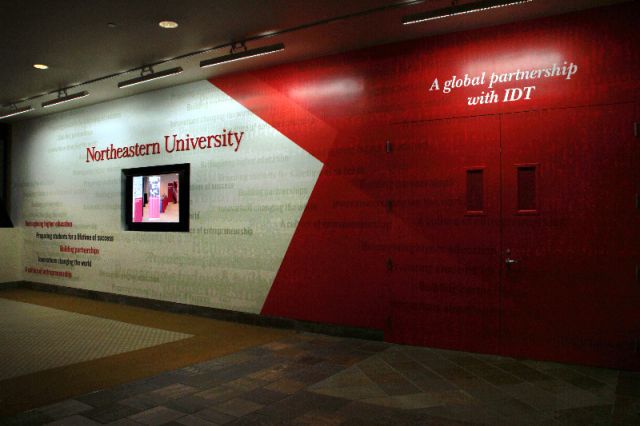Remember when Northeastern first opened in the YMCA on Huntington Avenue in Boston? Of course not – that was well over 100 years ago. We weren’t even a twinkle in our parents’ eyes.
In those years since Northeastern has opened, it has grown at an exponential rate, monopolizing the land between the Symphony and Museum of Fine Arts T stops and from Tremont Street to the Fens, while also skyrocketing in national rankings. Now, Northeastern looks beyond Boston, Charlotte and Seattle into the fastest-growing area of the 21st century: Silicon Valley.
Having grown up in the Bay Area my whole life, I have experienced earthquakes, droughts, the legalization of gay marriage (its reversal and its re-legalization) and had the Terminator, aka the “Governator,” as my governor. Yet, by adding an additional campus in Silicon Valley, Northeastern endangers the vitality and remaining strength of the Bay Area.
San Francisco and its surrounding neighbors have seen population growth since Silicon Valley’s emergence, which has caused higher land value, higher rent and a higher cost of living for an area that already costs $80,000 for a family of four to live comfortably (comfortably once meant being able to go on yearly or biannual vacations, now it means being able to pay rent on time). While most of the Bay Area economy benefits from Silicon Valley, Northeastern is just reopening old wounds found in Boston. Adding the campus in Silicon Valley will surely bring new prospective students to Northeastern and grow Northeastern’s curriculum, but it also allows for hundreds of extra students and staff to flood to Silicon Valley where it’s 1) an already expensive area to live, 2) a preexisting Mecca where techies and the next Zuckerbergs flock to and 3) also neighbor to some of the poorest areas of the Bay Area.
Northeastern has done something similar to the poorer neighborhoods surrounding the main Boston campus. Now it’s on an even larger scale, because not only is it bringing in students and faculty, it will also be leaving them behind as these students graduate and look for jobs in Silicon Valley, where, unfortunately, every other person is a coder or entrepreneur, and they all have the same skills. This will only result in higher-educated citizens taking the lower-wage jobs as they wait to make it big and take the jobs from the residents of the Bay Area who need it most to survive.
However, there are benefits that come with Northeastern’s presence, mainly the Social Enterprise Institute (SEI). With Northeastern looming over the Bay Area, it will allow for socially-minded organizations, like SEI, to take a greater stance in many of the worse areas in the Bay, like Oakland, San Jose, the Mission district in SF and others. The Bay Area has an alarming homeless rate that is not often acknowledged, and hopefully the aid and support of the Northeastern community and its affiliates can give back more than what they might take.
It ultimately comes down to this: do we blame Northeastern for the gentrification of Boston and other areas like the Bay Area, or is this just an endless cycle that every emerging city must face one way or another?
– Jordan Mejia-Prieto is a junior cinema studies and digital arts combined major.
Photo courtesy IDT.









